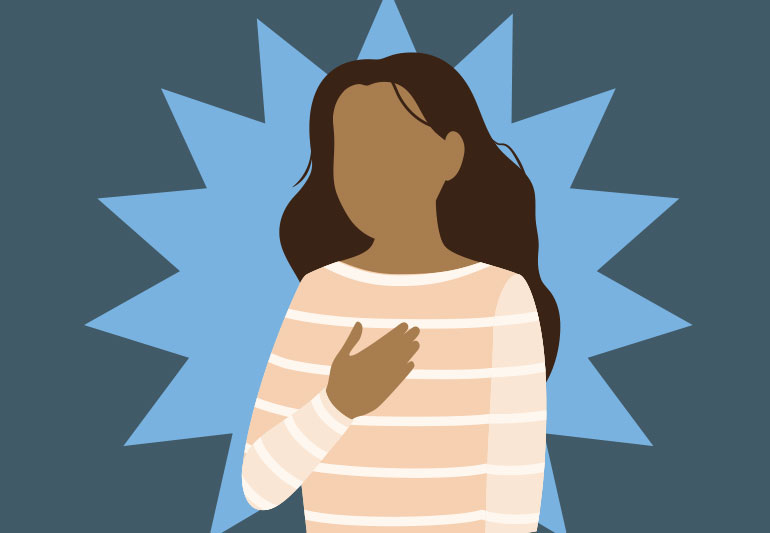What You Need to Know About Chest Tightness

Chest tightness can be an uncomfortable feeling and is often a sign of several different underlying conditions
Tightness in your chest may be the result of internal illnesses which affect the upper chest cavity (heart, lungs, stomach), including the liver, kidneys, gallbladder, esophageal sphincter, stomach, pancreas and liver. Some conditions, such as cystic fibrosis, cancer and HIV infection, can also cause chest pain and tightness. In many instances, the condition is related to a person's diet and lifestyle.
The chest is made up of muscles and is therefore prone to developing physical problems that can lead to it becoming tense and stiff. These problems can affect the muscles and tissues of the chest, which can make it difficult to breathe in the airway and lead to a sore throat or chest.
It is important to identify the symptoms of chest tightness in order to properly treat it. These symptoms will help you diagnose and manage the disease. These symptoms can include chest pain, shortness of breath, discomfort, dizziness, and dizziness. Other signs that may indicate this condition include trouble remembering things, feeling short of breath, coughing, and feeling tired.
There are different ways to relieve chest tightness, depending on the reasons. If your chest is affected by any underlying medical condition, you will have to deal with that condition first. Also, if you are suffering from an underlying medical condition, your treatment will depend on the underlying medical condition. In most cases, you can get rid of chest tightness and pain with simple exercises and lifestyle changes.
Stress-related chest pain can be reduced by simply resting and relaxing a lot. In addition to exercise, it may be helpful to reduce your daily alcohol intake and caffeine, as these substances can make the problem worse. In many cases, medications such as paracetamol can also help treat symptoms.
A common condition that causes the chest to compress is called emphysema. People with emphysema may experience chest pain and a feeling of pressure and heaviness in the chest. This problem is usually associated with poor breathing and can cause breathing difficulties.
Lung infections are another common condition that can cause chest pain and tightness. These infections cause inflammation and irritation of the lining of the lungs, and can also cause chest pain and tightness.

Smoking is another serious health concern and may contribute to chest pain and tightness. This is especially true for those who smoke heavily. Therefore, if you suffer from these issues, quitting can greatly alleviate the condition and reduce your symptoms.
There are a number of lifestyle changes that can significantly reduce the occurrence and severity of chest tightness and other chest symptoms. For instance, exercising regularly can help to reduce inflammation and help to prevent complications. The intensity of exercise can also play a role in the results.
As previously mentioned, exercise can help to improve circulation, which is very beneficial in reducing chest pain. Cardiovascular exercise helps to increase the amount of oxygen that reaches your lungs and tissues. It also helps to reduce blood flow through the muscles, which will reduce the chances of pain and other complications. Additionally, regular physical activity can decrease stress and anxiety, which can help to reduce the possibility of chest tightness and other related chest symptoms.
Tightness in the chest can be treated with simple and common changes in lifestyle. For instance, it may be helpful to switch to wearing loose-fitting shirts, which will allow your lungs to breathe easier. Additionally, you may want to avoid using tobacco products such as cigarettes since they can contribute to the condition.
Heartburn is another common condition that can cause chest tightness and can cause pain and discomfort. The best way to reduce this condition is to drink a lot of water. It can also be helpful to make changes in your diet to include more foods that are low in acid and high in fiber and antioxidants. Foods that are rich in these elements include apples and dark leafy green vegetables.
Other symptoms of chest tightness may include nausea, fatigue, and dizziness. If you find that your symptoms are getting worse, you should seek medical attention immediately.
